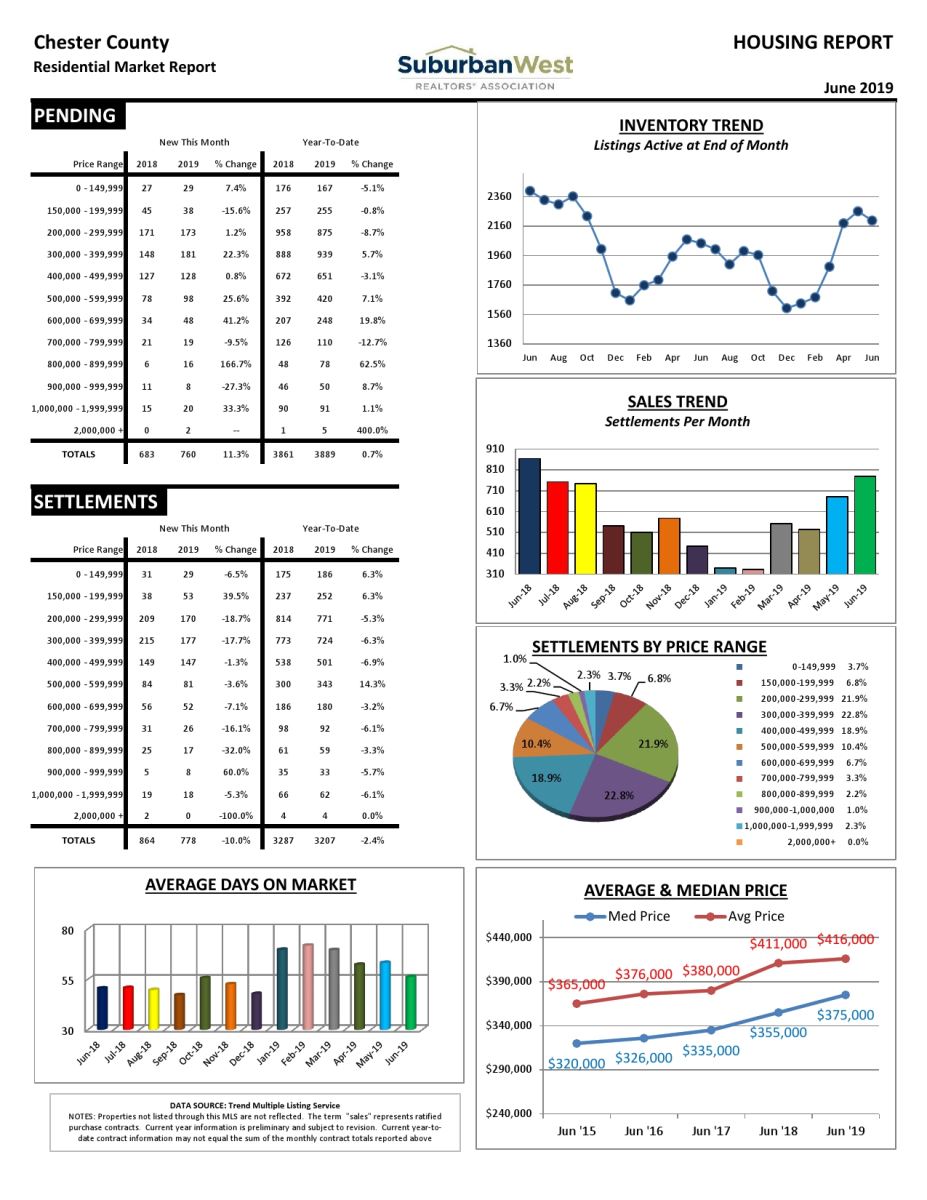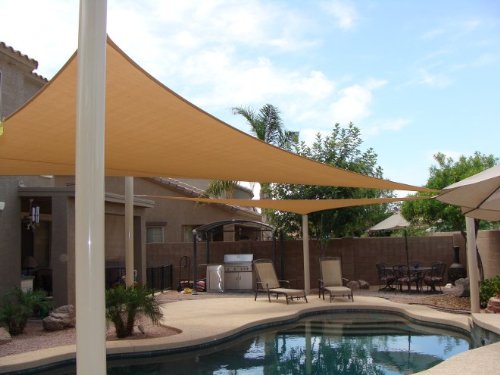10 Tips for a Successful Yard Sale

Spring cleaning, decluttering, moving--these are all great reasons to make some extra cash by holding a yard sale! It will take a little extra work for organizing and set up, but make it worth your effort with these tips:
-
- If your home isn’t in a convenient location, consider asking a family member or friend if you can hold the sale at their house, or look for a spot that is in a high-traffic area in your community, and get permission before you set up.
-
- Talk to your neighbors! A neighborhood sale is a big draw for those seeking good deals.
-
Make certain any packaging doesn’t have old receipts or anything with personal information on it. If you still have manual for an item, keep it handy for the new owner.
-
- Check everything for cleanliness, stains, or cracks. Most people don’t care to pay for dirty, or items that aren’t in good condition.
-
- If you do want to get rid of things that aren’t in the best state, have a separate table for them with a “FREE” sign. Some people pick them up for parts or art projects.
-
- When you start pricing, set them low to move things quickly and avoid bargaining! Not pricing your items will take up your time at the sale and may turn some people away.
-
- Advertise! DIY or have someone make some attention-grabbing signs, using either large permanent markers or a computer design.
-
- When there’s not enough room in the driveway, your sale will need to be on your lawn, so make sure the grass is trimmed, any holes are filled, and any pet issues are taken care of. For yard art that isn’t for sale, make certain you have a “Not for Sale” sign in place.
-
- High-interest or large items should be placed closest to the street to drawn in shoppers.
-
- Place your “cash register” next to the sidewalk or end of the driveway so people can pay on their way out. Get plenty of small change at the bank the day before. Keep your money in a fanny pack for safety; never leave it unattended.
On the day of your yard sale, be sure to have everything ready to go at your advertised time, play some upbeat music for background noise, and make it a pleasant experience for everyone. When the day is over, be ready to haul some things to a thrift store, or schedule pick up by a non-profit that will take your things away for free. Find more yard sale tips at wholefully.com!
Courtesy of Chester County PA Realtor Scott Darling.
Photo credit: Can Stock Photo







